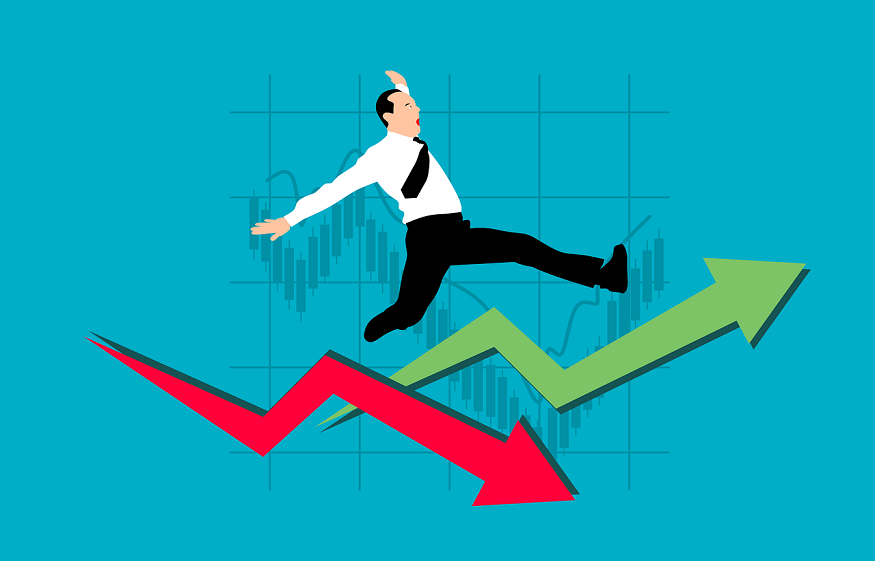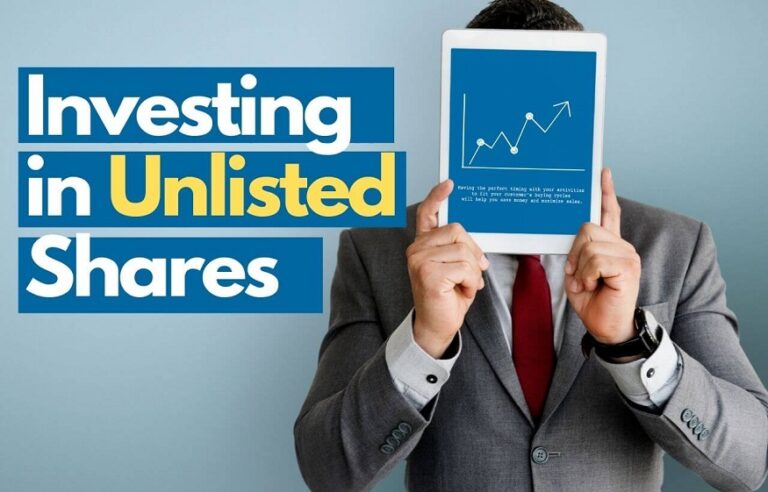A person with a cautious temperament might spontaneously have the first reaction not to invest, and to wait for the next stock market crash. Such a school of thought has existed for long periods. It may seem very sensible because what it says in essence seems foolproof logic: buy in bearish markets and sell in bullish markets (taking into account the valuation of the market, via its price-earnings ratio for example , or another adjusted from this basis). It is therefore difficult to say that the idea in itself is bad; yet, you never really know how the market will behave in the future.
For example, the bull market spanning from 1949 to 1969 put this way of doing things to the test as there was no serious market correction during that 20 year period. Thus, not buying any shares during this time would have been detrimental to the performance of any investor’s portfolio. Similarly, the corrections between 1991 and 2007 were very limited for companies not affected by the internet bubble.
This observation alone justifies the viability of having part of one’s investments in long-term equities in a consistent manner, including when the markets seem to be at their highest. Now, the question is how to do it intelligently, minimizing its risks and giving yourself the best chance of having an adequate return in the future. Two possible approaches are developed below.
This approach is particularly suitable for investors who do not wish to delve into the subject of stock market investment, and do not necessarily seek to maximize their returns, but still wish to take advantage of the opportunities for gain offered by stock market investment. long-term through long-term corporate earnings growth. The simple way to benefit from long-term corporate earnings growth is to invest a sum each month in a diversified basket representative of a country’s companies.
Investing a sum every month allows the investor to benefit from long-term corporate earnings growth in any market environment. And therefore, in the event of a stock market correction, he will benefit from the fall in the price of his basket of companies by his monthly reinvestment as the price falls. And if the stock price ever continues to rise, it will simply benefit from this positive return. Investing a fixed sum every month is particularly practical and easy to implement.
Remember that in the case of passive investing, an investor has no particular interest in multiplying the number of indices (reminder: Warren Buffett himself recommends a single product), an index itself being already diversified.
Active investing through a selective approach
The active investor seeks to try to minimize his risk-taking and maximize his potential return by selecting the stocks which seem to him the best regardless of the market context. But as equity markets are at their peak, there are fewer companies today that meet these criteria than 5-10 years ago. In this case, the result is a stock portfolio concentrated in just a few companies that best meet the (very selective) investment criteria. In other words, the choice is made to own only a few companies that seem inexpensive and to invest in them with significant weightings. For example, by investing in the shares of Orca Exploration Group, a holding company listed in Canada which has a very high quality business offered free of charge (via the purchase of shares of the holding company at a valuation lower than its cash in its bank account). The company is worth a multiple of its current price. Until the business is duly revalued by the markets, the company pays generous dividends in 2018 and 2019, and the company buys back its shares.
How to survive long term
In a market at its highest, it is more than ever a question of not buying just any action. In fact, it is more than recommended to be selective regardless of the market, but it may be relevant to tighten your investment criteria in a market at its peak. So here are some tips for the active investor to survive the long term when investing in a “high” market.
– Be wary of IPOs as the plague as many worthless companies have a tendency to enter the market at very high prices (especially during bull markets where euphoria reigns). It is particularly difficult to resist when we see prices multiplied by 2 or 5 in a few days… But when the euphoria subsides, the awakening can be brutal.
– When possible, buy shares of large unpopular companies: the market tends to overvalue companies that have strong growth or are fashionable, while it tends to undervalue, at least in a relative way, unpopular companies encountering temporary obstacles. The approach can in principle be practiced on smaller companies, but the risk that these companies remain ignored by the market is much higher, and this can happen even if they show better profits. The market will be able to react in a much more reasonable time for these large companies, and this is a very significant advantage (not to mention the liquidity that large companies offer compared to small ones for “big” portfolios).
– Buy instruments at bargain prices: this involves buying shares or bonds whose intrinsic value is, in your opinion, at least 50% higher than their market price. But be careful to make sure that the nature of the disappointment is really temporary: if it is permanent, the result will be unfortunate.
– Do not give in to the first impulse to sell your shares to realize your losses: You have to learn not to seriously consider market fluctuations in order to succeed. If that were to happen, it would inevitably be a source of regret. Taking a loss on a position must only result from the recognition of an error in the analysis of the company or of a fundamental change which concerns it.













+ There are no comments
Add yours